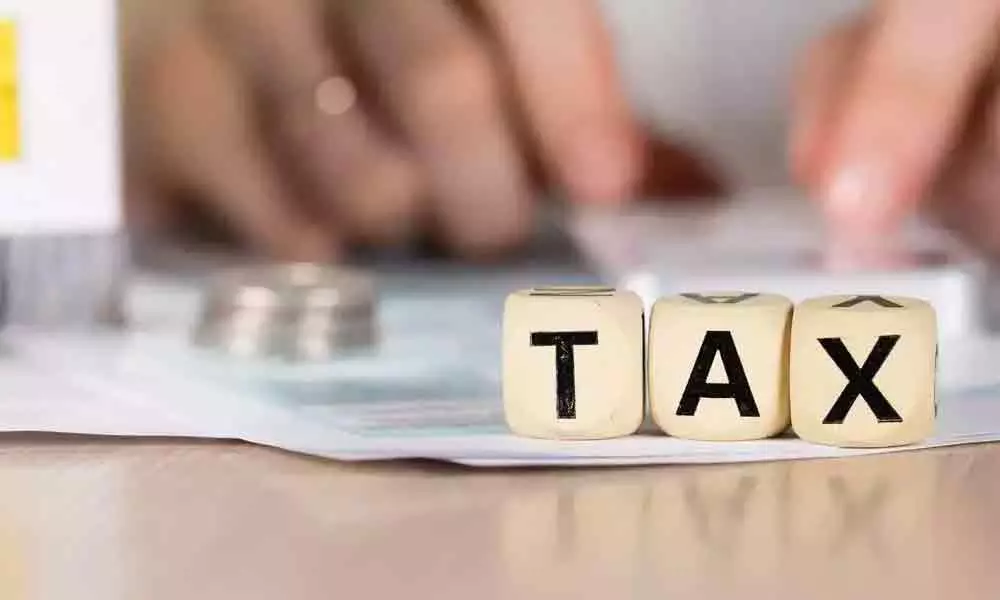Key Changes in ITR-1 and ITR-2 for FY 2019-20

Centre quashes nagging retro tax
The Income Tax Department of India has introduced many changes in the income tax returns (ITR) forms applicable for tax return filing for the financial year 2019-20 (FY20).
The Income Tax Department of India has introduced many changes in the income tax returns (ITR) forms applicable for tax return filing for the financial year 2019-20 (FY20). Under it, individuals and HUFs, who are not earning income from profits and gains of business or profession (PGBP), can file a return of income using ITR-1 or ITR-2. Find it in detail:
1) New 'Schedule DI' to furnish details of investments made during the extended period
The Taxation and Other Laws (Relaxation of Certain Provisions) Ordinance, 2020, promulgated on March 31, 2020, extended the time limits to make investments and deposits for FY20, till July 31, 2020. The new Schedule DI interested in ITR forms 1 and 2 will allow taxpayers to avail deduction for investments/deposits made during the extended period. The period to make tax-saving investments was extended by four months, but there was no change in the threshold limit for investment, so it should not exceed Rs 1.5 lakh.
2) Filing ITR by a person falling under the Seventh proviso to section 139(1)
Seventh proviso inserted to section 139 (1) by the Finance (No. 2) Act, 2019, seeks every individual to file the tax return although his income doesn't exceed the maximum exemption limit in FY20, if he has deposited more than Rs 1crore in one or more current accounts maintained with a bank or has incurred more than Rs 2 lakh for any person or himself to travel to any international destination or incurred more than Rs 1 lakh towards payment of electricity bill. The person will have to furnish relevant details in ITR-1 and ITR-2 while filing the return.
3) Option to quote PAN or Aadhaar in various schedules
The Finance (No. 2) Act, 2019, inserted sub-section to Section 1139A that allows interchangeability of Aadhaar with Pan. Various Schedules of ITR-1 and ITR-2 requires the assessee to furnish PAN of the second party, i.e. tenant, buyer, co-owner of the house property among others. These schedules have substituted the term PAN with PAN/Aadhaar to ensure that a person can quote his Aadhaar instead of the PAN.
4) Separate reporting of surcharge on income chargeable to tax under sections 112A, 111A, 115AD
The Finance (No. 2) Act, 2019, introduced two new additional rates of surcharge of 25 per cent and 37 per cent on income that exceeded Rs 2 crore and Rs 5 crore, respectively. But, the surcharge was withdrawn on an individual, HUF, AOP, BOI and Artificial Juridical Person in respect of tax payable on income arising from the transfer of long-term or short-term capital assets taxable under sections 111A, 112A and income taxable under proviso to section 115AD(1)(ii)(iii). Considering the non-applicability of enhanced surcharge, ITR-2 made revisions to show the computation of surcharge in various incomes. For the purpose, columns have been inserted for separate reporting of surcharge on income chargeable under sections 111A, 112A and proviso to section 115AD(1)(ii)/(iii).
5) Type of company to be reported if the assessee is a director in a company or holding unlisted equity shares
ITR-2 applicable for FY2018-19 required the directors of companies to furnish certain details, like the name of the company, PAN, whether the shares are listed or not and DIN. However, the new ITR-2 form for FY20 requires the directors to provide information regarding the type of the company. The initiative was taken to check shell companies and ghost directors.
6) List of nature of employment has been expanded
The new ITR-1 form has expanded the category of employers in which the government employer has been bifurcated into Central and State governments. The new ITR form includes six categories for selection, like employment, namely Central Government, State Government, Public sector undertaking Pensioners, Others and Not Applicable. The previous ITR forms just required the individual assessee to furnish the nature of employment and had only a few categories for selection, namely government, public sector undertaking, pensioners and others.
7) Unique Document Identification is required if the return is filed in response to a notice
The new ITR-1 and ITR-2 forms require the assessee to provide the Document Identification Number (DIN) of the notice in response to which he is filing the return of income. CBDT has earlier made it mandatory for the authorities to quote DIN in all correspondence issued by them. The DIN system was introduced from October 1, 2019, and the mechanism was developed to maintain a proper audit trail of all the communications of the department with the taxpayer.
8) Consequential changes in the Schedule of Deductions under Chapter VI-A
The Finance (No. 2) Act, 2019, introduced Section 80EEA and Section 80EEB to provide a deduction of interest on housing loan and interest on loan taken for electric vehicles respectively. The necessary changes have been made to ITR-1 and ITR-2 forms to claim these deductions in ITRs.
9) Assessee can choose multiple bank accounts for payment of refund
The new ITR-1 and ITR-2 forms provide an option to the assessee to choose multiple bank accounts for the payment of the refund. However, out of the mentioned accounts, he is supposed to indicate a minimum one account in which he prefers to get the tax refund. But, the refund will be credited to one of the accounts decided by CPC after processing of ITR.














